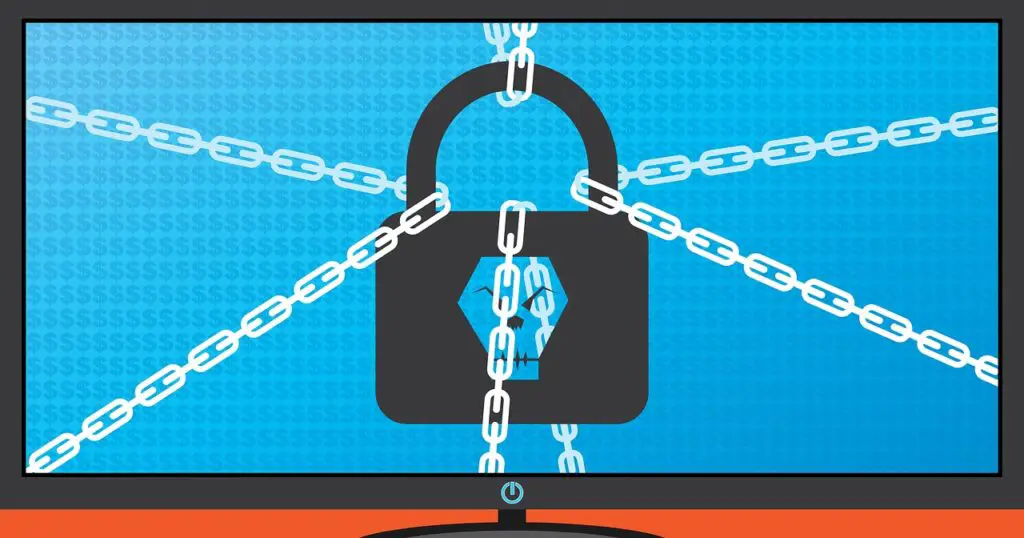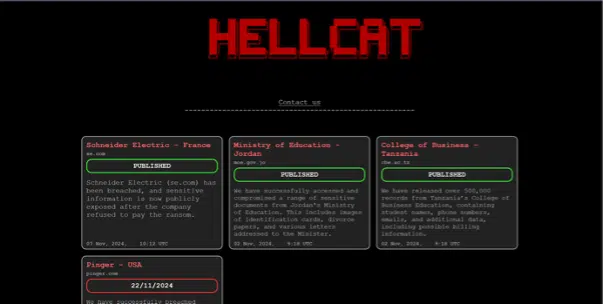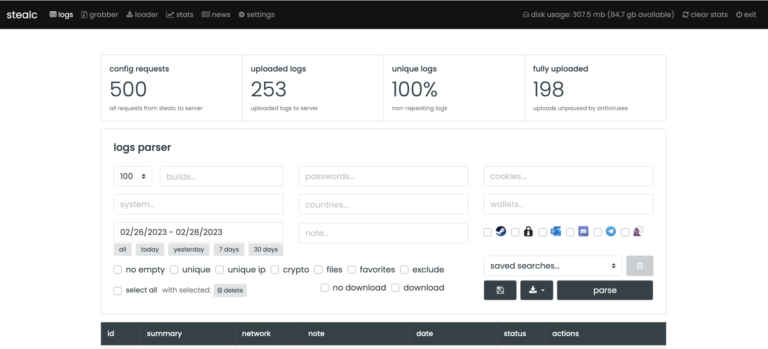
A recent Global Cost of Ransomware study, conducted by the Ponemon Institute on behalf of Illumio, has revealed the severe impact of ransomware attacks on Australian businesses. According to a survey of 2,500 IT and cybersecurity professionals, including more than 250 respondents from Australia, local organizations were found to be more vulnerable to these threats than their international counterparts.
Approximately 64% of affected businesses were forced into complete operational shutdowns. Financial losses were substantial, with 43% of companies incurring significant damages, 42% resorting to workforce reductions, and 39% experiencing customer attrition. In 28% of cases, attackers successfully infiltrated critical systems, resulting in an average downtime of 12 hours—the highest recorded among all countries covered in the study.
According to Trevor Dearing, Director of Critical Infrastructure at Illumio, ransomware attacks can be mitigated through robust defense strategies, such as microsegmentation. This technique prevents the lateral spread of threats at the point of entry, significantly reducing potential damage and safeguarding critical data.
On average, organizations required 17 personnel to remediate the impact of a major ransomware incident, with each employee dedicating 134 hours to recovery efforts. However, the reputational damage often outweighed the legal and regulatory consequences, with 39% of companies suffering significant brand erosion.
Australian organizations lag behind global leaders in cybersecurity preparedness. Only 18% of companies have implemented microsegmentation—a figure twice as low as in the United States, where 44% of businesses utilize this protective measure. The most frequently targeted systems included operational technology (41%), cloud services (39%), and endpoint devices (39%).
Hackers primarily exploit Remote Desktop Protocol (RDP) vulnerabilities and phishing tactics, with laptops and desktops running outdated or unprotected systems serving as the key entry points for compromise.
Despite substantial financial investments—with nearly a third of IT budgets allocated to ransomware defenses—91% of organizations have already fallen victim to successful attacks, and only 56% express confidence in their security posture. Moreover, only 10% of companies managed to fully recover their data post-attack, despite 47% believing their backups were entirely reliable.
The report also highlighted significant shortcomings in incident reporting to law enforcement. 71% of affected companies refrained from disclosing attacks, citing concerns over potential repercussions, time constraints, or reluctance to expose security breaches. Additionally, just 45% of respondents believed their employees were adequately trained to recognize social engineering threats, with internal negligence remaining a major obstacle in incident response.
Australian businesses have been slow to adopt AI-driven solutions for combating ransomware, with only 35% leveraging AI technologies—the lowest adoption rate among surveyed countries. Meanwhile, 46% of professionals expressed concerns that advancements in AI could introduce new, AI-generated attack vectors, further complicating the cybersecurity landscape.


